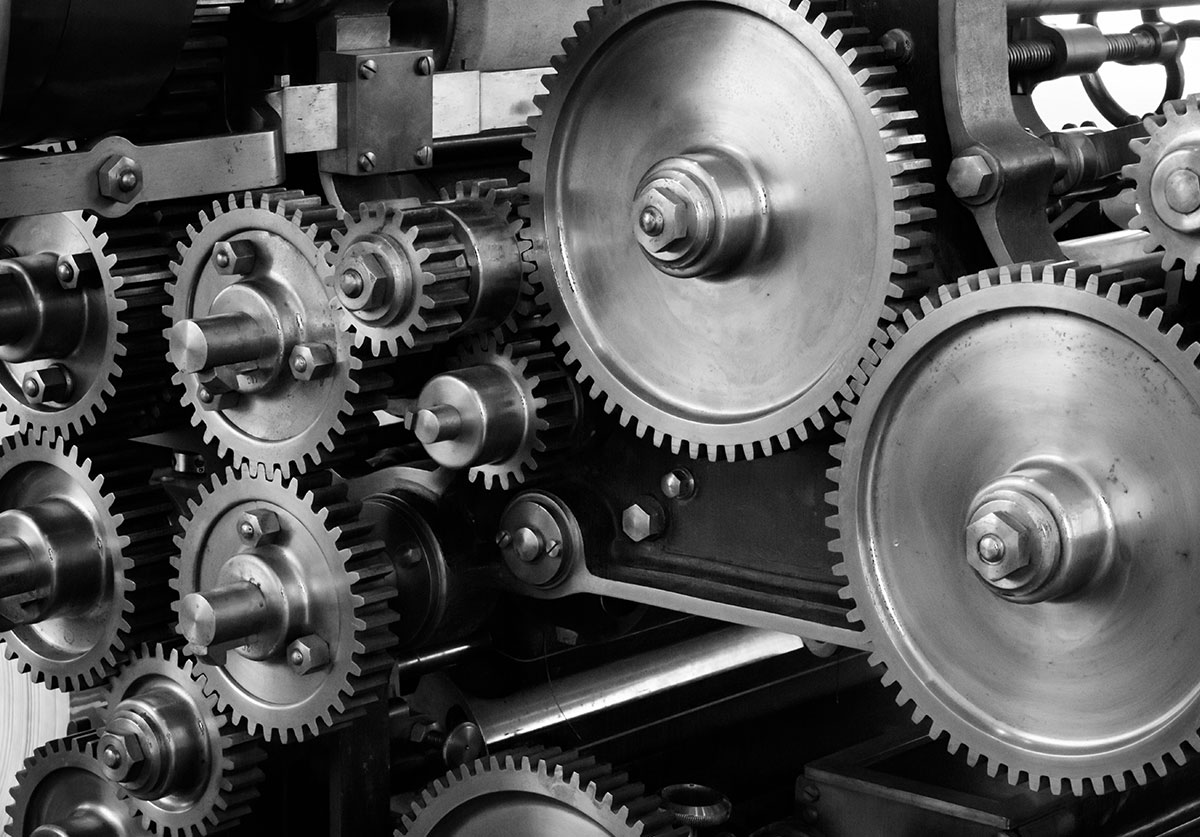Dynamics and Vibration laboratory is equipped with state of the art facilities and equipment’s such as smart shakers, accelerometers, universal vibration apparatus, static and dynamic balancing apparatus, cam-analysis apparatus, whirling of shaft apparatus, gyroscopes, apparatus for determining Coriolis component of acceleration, etc. The laboratory is also equipped with cut-section models of gearbox with clutch, models of cams and followers, models of M.I of flywheels, Oldham’s coupling, compound and simple gear trains, slider crank mechanisms, Ackerman’s steering gear, Trifilar suspension systems etc. There are also experimental systems designed and fabricated by students as part of their ME Design project which includes, a bench top wind turbine test rig system for performing condition monitoring studies, a system for studying various vibration characteristics of beam, a miniature shaking table, arrangement for studying flow-induced vibration of cylinders inside wind tunnel etc. Laboratory is also equipped with various data acquisition systems and LabVIEW software to process the data from various sensors.
Lab team members: Prof. YVD Rao, Prof, GR Sabareesh, Dr. Kundan K Singh, Dr. Arshad Javed
Laboratory Technical Assistant: Mr. B. Suryanarayana
Location: Dynamics and Vibration Lab


 An Institute of Eminence
An Institute of Eminence













